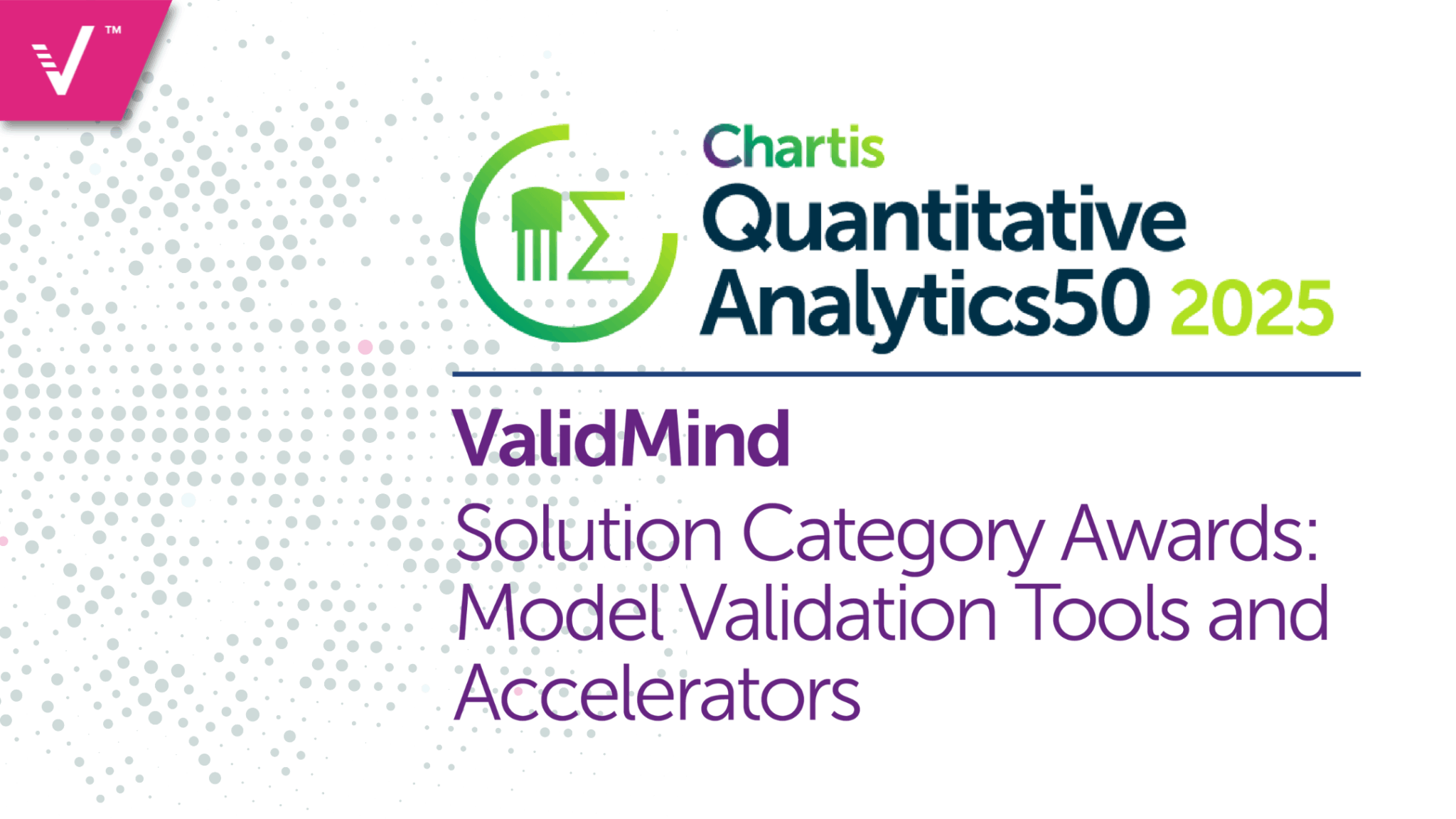How MRM Teams Can Navigate the Generative AI Copyright Disclosure Act

Here we go.
California Rep. Adam Schiff introduced the Generative AI Copyright Disclosure Act this week, which aims to force companies that offer GenAI models to provide “a sufficiently detailed summary” of any copyrighted materials used to train their AI systems.
The bill, which has yet to see a vote in the U.S. Congress, has seen vocal support from creative labor unions, including the Directors Guild of America, SAG-AFTRA, The Authors Guild, Professional Photographers of America, ASCAP, Writers Guild of America, and many more.
Those organizations view the bill as a way to protect their members’ work from informing AI systems and creating AI-generated output that would otherwise not exist without first being trained on that copyrighted material.
The legislation was introduced as companies that offer GenAI services, including ChatGPT makers OpenAI, face mounting lawsuits over the use of copyrighted materials in their AI model training.
What’s the impact to Model Risk Management?
If passed, the legislation could profoundly impact not just creative industries but the greater model risk management field at financial institutions. Those tasked with assessing and managing the risks associated with AI models should monitor the bill’s evolution because it could impact them in the following areas:
Increased Transparency Requirements: As banks increase the use of generative AI models in production, the scope of documentation needs will likely increase to encompass any copyrighted materials used to train those models. Model developers may need to ensure that these disclosure requirements are met, validators will need to ensure their adherence to the bill, and auditors will need to see the paper trail that proves this adherence.
Increased Risk in Deploying GenAI Models: Banks have a hard enough time as it is ensuring compliance with current regulations deploying GenAI technology. On the model side, added frameworks will need to be implemented to ensure that the MRM lifecycle adheres to all copyright laws, including any new legislation passed. An added layer of risk management will likely come into play here.
Compliance Management: Model risk management professionals would need to work closely with legal and compliance teams to ensure that their organization’s use of generative AI solutions complies with the provisions of the bill. This could involve implementing processes and controls to track the use of AI systems and ensure proper disclosure.
Impact on Model Development: Model risk managers may need to consider the implications of the bill on the development and deployment of AI models within their organizations. This could involve evaluating the feasibility of incorporating copyright attribution mechanisms into AI systems and assessing any additional costs or complexities involved.
Stay informed, engage with experts
Interested in learning how to ensure MRM compliance with these and other regulatory changes on the horizon? Click here to connect with one of our experts today.


